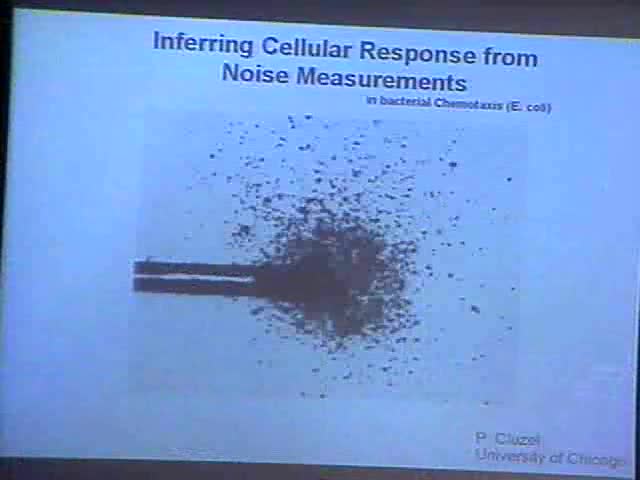Inferring Cellular Response to a Small Stimulus from Noise Measurements in Non-stimulated Cells
Presenter
May 30, 2008
Keywords:
- Cell biology
MSC:
- 92C37
Abstract
In recent years, there have been significant efforts to characterize the noise associated with the regulation of intracellular processes. Intrinsic fluctuations are often due to the small number of molecules that govern these processes. However, noise is not always caused by a low number of molecules; the regulatory network itself can cause large fluctuations in the number of signaling molecules. For example, systems that have an ultra-sensitive input-output relationship can be effective sources of noise because they not only amplify the input signal but also the associated noise itself. In this picture, systems that are more sensitive to intrinsic spontaneous noise also would be more sensitive to small external perturbations. In linear theory, it is common to analyze, at the equilibrium, spontaneous fluctuations (i.e. noise) in the system in order to predict the dynamical response to a small external perturbation. Here, we extend this simple mathematical framework to infer the cellular response to a small external stimulus by analyzing the noise of non-stimulated cells. We present a combination of experiments on and models of bacterial chemotaxis in E. coli that demonstrate the existence of such a relationship in living cells.
